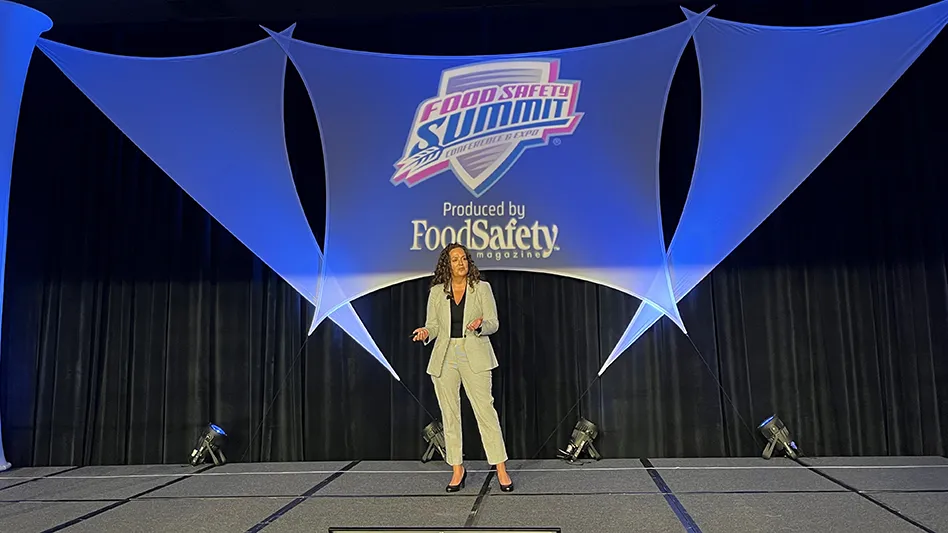
Rodenticides have never been in a more tenuous position. That’s not to say they are on their way out, but there is a lot of uncertainty surrounding them, and their long-term future is cloudy. At present, the regulatory landscape for rodenticides remains pretty steady at the federal level; but at least one state, California, could realistically, and drastically, alter its regulations in the coming months.
In February, Assembly Member Richard Bloom (D-Santa Monica) introduced an anti-rodenticide bill to the California General Assembly. The bill, AB 1687, a proposed amendment to section 12978.7 of the Food and Agricultural Code, proposes to ban all types of rodenticides (including first- and second-generation anticoagulants, bromethalin, and cholecalciferol) for structural pest management professionals and the public. Agricultural uses would be exempt. Wildlife advocacy groups are aggressively pushing the bill and are singular in focus on this issue.
This isn’t the first prominent rodenticide change in California. In 2014, the state changed the regulatory status of second-generation rodenticides, by far the most commonly used type of rodenticide, to restricted use. This means that only certified pesticide applicators, and those operating under their supervision, can purchase and apply second-generation anticoagulants in California.
This change was intended to keep a prominent group of rodenticides out of the hands of the public, who are not trained in pesticide application or safety, and often not inclined to read and follow label instructions. However, consumers are still able to purchase and apply first-generation rodenticides as well as bromethalin, an acute toxicant.
A vote on the bill will take place in early 2018, allowing time for additional non-target wildlife toxicological data to be collected and analyzed. Predators such as mountain lions, coyotes, and birds of prey are the driving force behind the proposed bill because they can ingest rodenticides by consuming poisoned rodents. While the incidence rate for unintentional predator poisoning is unknown, we should have a better idea in the coming months as more research is completed.
What we won’t know is the effect of rodenticide usage by certified structural pesticide applicators compared to public and agricultural uses. Science and common sense should be driving regulatory decisions, yet we know that isn’t always how things go.
According to Copesan Director of Technical Support and Regulatory Compliance Bennett Jordan, “In the world of worst-case scenarios, losing every rodenticide active ingredient would immediately present an incredible challenge to pest management professionals and anyone who has a facility that produces, processes, stores, or distributes food within California.”

The Food Safety Modernization Act (FSMA) is based on prevention and risk management, and exterior bait stations containing rodenticides are often the first line of defense outside food facilities. There are virtually always outside areas that are conducive to rodents and rodent pressures to match.
PREVENTION IS CRITICAL. Taking all feasible efforts to exclude rodents from your facility is a must, and prevention, with a strong exclusion strategy, is critical. But preventing rodent entry 100% of the time can be a tall task and does not account for human error.
Snap-traps can be used in bait stations in place of rodenticides, yet they require more frequent checks and cease to enable rodent capture once triggered. If the exterior of your facility is serviced monthly, a trap that is triggered in the first week leaves you unprotected for the rest of the month. The loss of rodenticides also would increase the length of time it takes a pest management technician to service the facility and necessitate more frequent service visits in some cases.
The real message for the lawmakers and citizens of California should be that commensal rodents pose a massive risk to public health. Most people are aware that mosquitoes and ticks can transmit diseases, but the laundry list of pathogens that rodents can vector should not be a well-kept secret.
Rodents are synonymous with filth, but it goes far beyond the “ick” factor. Rodents have been found carrying dozens of pathogens in their feces, urine, and saliva, including pathogens such as E. coli, Salmonella, Campylobacter, and many others. We must be very cautious about the impact of removing any type of rodent management tools from the hands of professionals with food safety and human health on the line.
A DRY ICE OPTION? On the other side of the country, Chicago, New York City, Boston, and the District of Columbia made headlines last year by applying carbon dioxide (CO2), in the form of dry ice, to rodent burrows to asphyxiate rats. The results were impressive and seemed to make a sizable dent in populations in notorious rat strongholds; not an easy feat.
The only problem is that these applications violated the Federal Insecticide, Fungicide, and Rodenticide Act (FIFRA) because the dry ice was not labeled or registered for this use. However, in a collaborative approach with the Environmental Protection Agency (EPA) and an international rodenticide manufacturer, the EPA registration for a pelleted dry ice product was finalized this June.
Indeed, dry ice poses unique challenges for distributors and applicators because it has an incredibly short shelf life and must be stored and used under a very narrow range of conditions. But it does allow a new and highly effective option for controlling Norway rats in burrows.
While this is a welcome pest management tool, and will be an excellent approach to rodent control in some locations, it will not provide substantial relief against the house mouse and the roof rat, two rodent species that rarely burrow.
Clearly, rodenticides are a complicated and regulation-laden topic. As states and municipalities get creative in their approaches and accompanying legislation, it becomes increasingly important to communicate regularly with your pest management provider to ensure your IPM program both complies with appropriate regulations and maintains effective pest protection for your facilities.

Explore the October 2017 Issue
Check out more from this issue and find you next story to read.
Latest from Quality Assurance & Food Safety
- FDA Issues Update on Post-Market Assessment of Tara Flour
- ASI Announces Training Partnership with Rootwurks
- Nfinite Nanotech Closes $6.5 Million Seed Financing to Create Flexible Food Packaging with Nanotechnology
- University of Pretoria Food Science Student Wins IFT and PepsiCo’s Academic and Travel Undergraduate Hybrid Scholarship
- Kraft Natural Cheese and Shawn Johnson East Celebrate Launch of Kraft Signature Shreds
- Natural Sourcing International Announces Voluntary Recall of Black Chia Seeds
- PTNPA's DC Fly-In Connects Members with Policymakers
- Breck Partners Acquires NPX One





